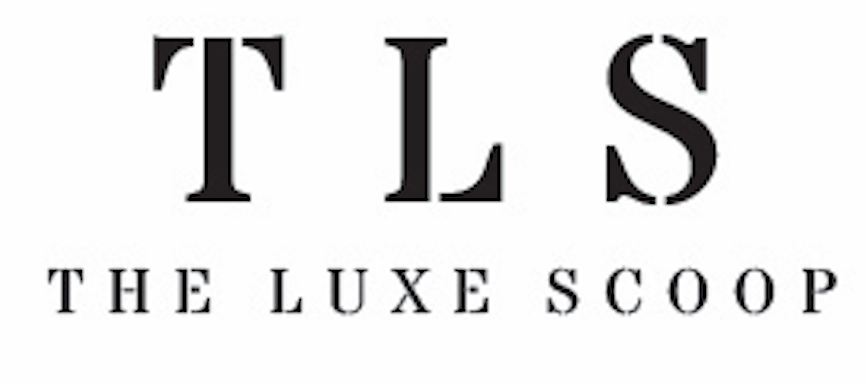
Last week, our Editor in Chief was fortunate enough to visit Wallace Chan’s “The Wheel of Time” exhibition at Christie’s in London and to have a one-on-one chat with the artist himself. The revered Chinese jeweller, visual artist, and innovator unveiled his most expansive European exhibition to date. In this exclusive interview, Mr. Chan provides profound insights into the inspirations, philosophies, and creative processes that shape his remarkable work.
(TLS): Wallace, “The Wheel of Time” is a retrospective of your illustrious five-decade career. Could you share what inspired this look back at your artistic journey?
(WC): So the past and the present together become the future. That’s what I’ve always believed, and I feel that I’m also a product of my childhood experiences. So, we are talking about 50 years. But many of my inspirations also came before I became an apprentice. Many of my works are inspired by my childhood memories. So, time itself is a big subject to explore, and most of it is composed of fragments of memories.

(TLS): There’s a recurring theme of surrealism in your work, suggesting a deep connection to time, as you explained. How does time influence your creative process and the themes explored in your work?
(WC): I believe that there are two kinds of time – internal time and external time. When it comes to external time, it means that probably you look at the clock, it tells you what time it is, you look at the seasons, and you look at your schedule, and everything is aligned according to how the world interprets time. But at the same time, there is internal time, my own sense of time. Most often, I am lost in the creative process, and that is when time disappears, and it does not exist anymore. Time can just be an illusion because, of course, we need time to tell us what to do, to have principles, and to have all that in the world. But when you are a creator, when you’re an artist, it is very difficult for you to follow the normal perception of time. In the creative process, time is both a wheel and an unwheel. We can shape time too, and how we manipulate our time can also change our moods and help us relieve some stress or anxiety.
(TLS): Your work seamlessly blends tradition with innovation. Can you elaborate on how tradition and innovation coexist in your art?
(WC): Let’s take my butterflies as examples. My idea of the butterflies also evolves over time, according to my changing understanding of the insect. Tradition and innovation come together. The more I learn, the more I apply.
(TLS): “Legend of the Colour Black” with the black diamond is a highlight of the exhibition. Can you tell us more about its creative process and the significance of the black diamond in your art?
(WC): When the collector came to me with the Black Diamond over 300 carats, this is the largest, brilliant-cut black diamond in the world. I looked at the form and shape of that black diamond, and I started to wonder which would be the best way to create for this stone. I felt that if I were to make a pendant or bangle, it would not bring out the significance of the stone. So, I decided to make it a shoulder brooch. I also looked at the black because it’s very dark, deep, and mysterious. In Chinese culture, we have the yin and yang, the black and the white come together, they constantly chase after each other to complete the balance of the world. That’s why I created a crystal structure underneath the black diamond to balance the weight and stabilize the movement. It’s a way of bringing the Yang to the Ying.
(TLS): Your partnership with Christie’s has been long-standing. What does this partnership mean to you, and how do you envision it evolving?
(WC): It’s a collaboration of friendship and trust. Mr. Francois Curiel, Chairman of Christie’s, has been a friend and has always given me guidance and support. Because of this precious friendship, when opportunities arise, we felt it would be a good time to have an exhibition.
(TLS): Your presence in Europe has grown significantly. What does it mean to you to have such a well-known presence in the art and culture scene on the continent?
(WC): I created my works to be universal, to encourage cultural exchange and the exchange of nature and art. It’s my vision and dream to bring what is in the West to the East and vice versa. I hope my story, growing up from extreme poverty without formal education, can inspire others in the West or the East.
(TLS): For those coming to view the exhibition, what emotions do you hope they will experience when viewing your masterpieces?
(WC): It’s up to everybody to decide how they should feel. But of course, I hope my works will bring about imagination, curiosity, innovation, and inspiration.
(TLS): You have 20 new designs in “The Wheel of Time” exhibition. How do these new pieces fit into the overarching story of the exhibition?
(WC): Although there are only about twenty completely new pieces, when I curated the exhibition and created the showcases, they are all new. How I created the exhibition and the flow actually brings the old and new pieces together. Time is an element shared by all of my works, and because each work is also created by myself, including the showcases and the exhibition, they naturally come together.
Wallace Chan’s “The Wheel of Time” was a breathtaking exploration of artistic evolution and innovation. It’s a journey through time, materials, and artistry that promises to leave a lasting impression on all who have the pleasure of experiencing it.
